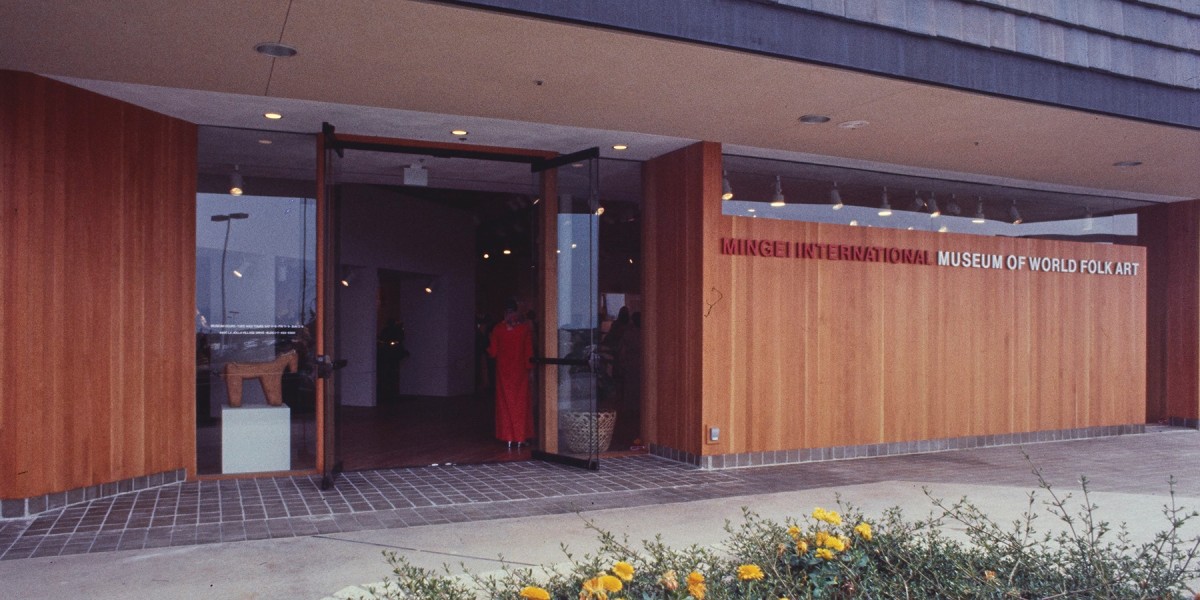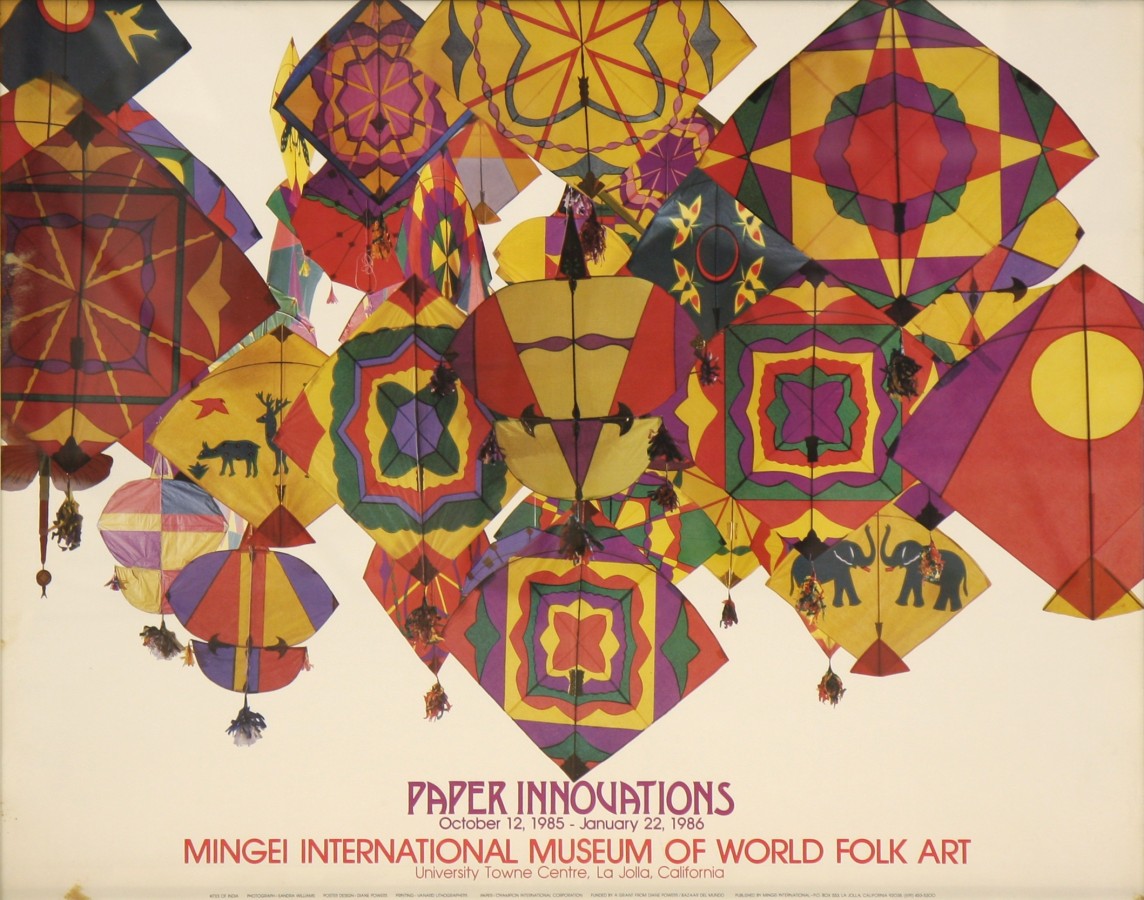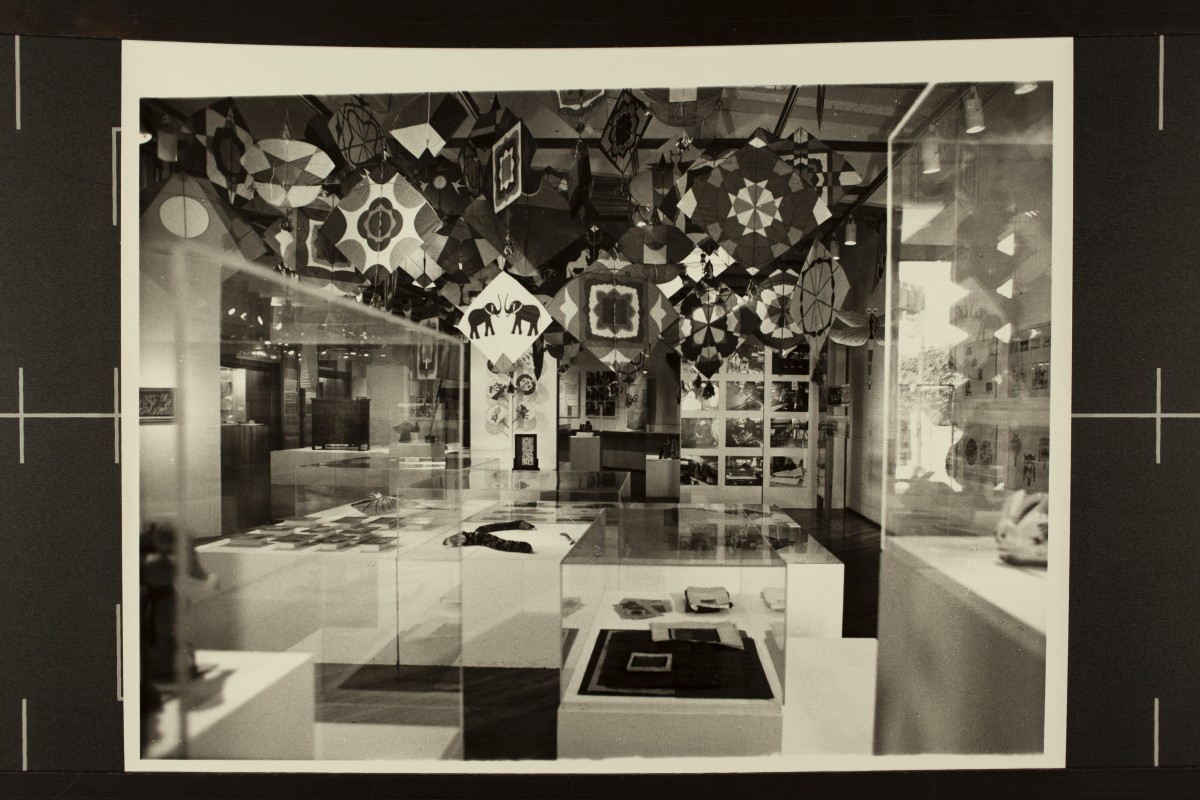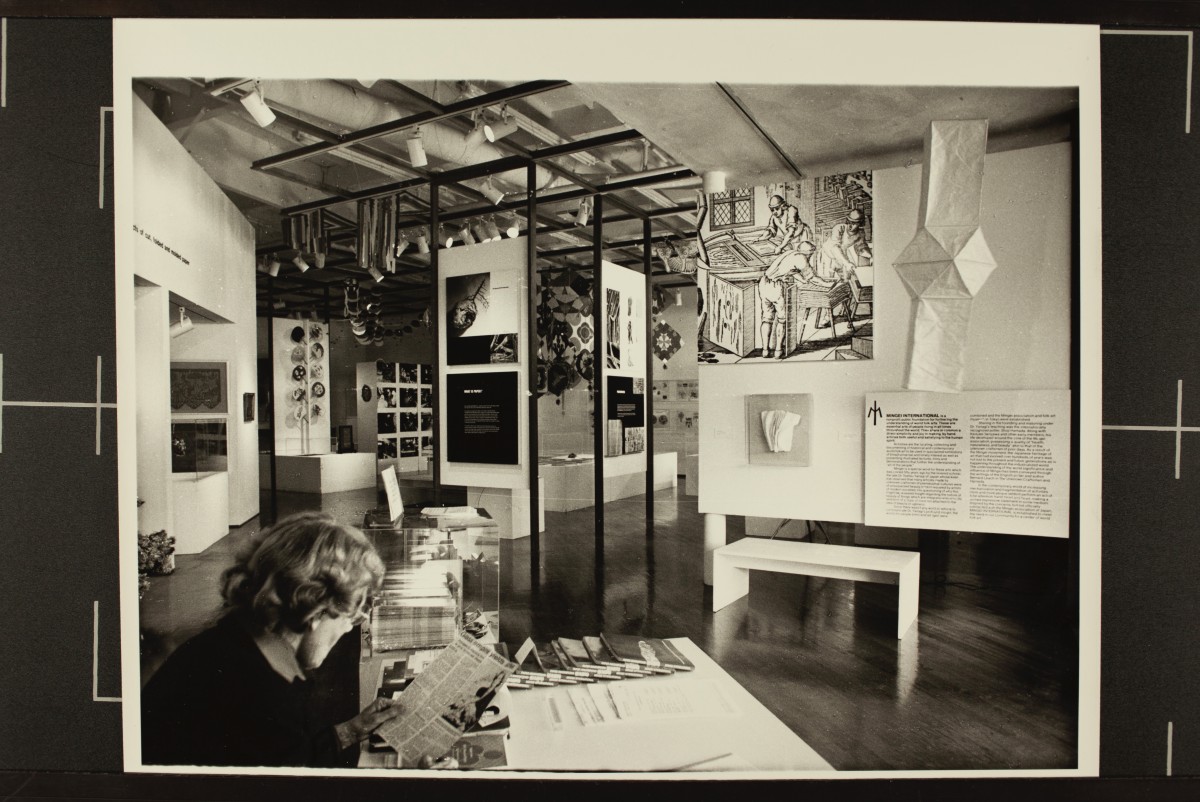Ever since she first stepped foot into the Museum almost 40 years ago, Martha Ehringer has been a Mingei supporter and enthusiast. Whether volunteering, handling PR or working in the archives, Martha has been a part of just about every major milestone in Mingei history, and now, she anxiously awaits the next landmark event, the reopening of a transformed Museum.
"It was a space in which beautiful, functional objects, endangered by creeping industrialization and a throw-away society, could survive. It soon became clear to me that my calling was to do all I could to support this place."
When did you first learn about Mingei?
The first time I entered Mingei International Museum was in 1982, and during that time it was called Mingei International Museum of World Folk Art. I went with a friend representing Las Patronas (an organization that raises funds for San Diego County beneficiaries) to interview their director, Martha Longenecker, about a grant request. My friend and I were welcomed by Martha L. and Mary Taylor, the volunteer coordinator. Mary sat quietly while Martha L. began weaving her spell, guiding us into the Land of Mingei International, a place where beautiful works of art, made for daily use, mostly by hand, were safe and respected. It was a space in which beautiful, functional objects, endangered by creeping industrialization and a throw-away society, could survive. It soon became clear to me that my calling was to do all I could to support this place. I became a zealous convert and warrior in the Mingei cause and the Museum received funding from Las Patronas that year, and I’ve been hooked ever since.
Then what happened?
Shortly after that, I became a volunteer at the Museum. Early in my time as a volunteer, I was put in charge of an exhibition opening. I was told to arrive at 3:00 pm for the 5:00 pm event. Expecting to find a table set up for the food, I found an empty space instead. When I asked where I could get the table, someone appeared with four exhibition cubes and set them up as four corners. Then, out came a platform that was set on the four cubes, and I had my table. I then asked about linens to cover it, and soon someone appeared with a paint roller and a roller pan of white paint. The platform was speedily repainted, presenting a clean and not unattractive surface for serving the lovingly prepared delicacies. That surface, however, was wet. I couldn’t figure out how we were going to serve food in fewer than two hours on a table covered in wet paint! No one else thought anything of it, and I soon understood why. The paint was dry when it was time to put out the food. Everybody else knew what I had just learned, and that was my first lesson in the Mingei way.
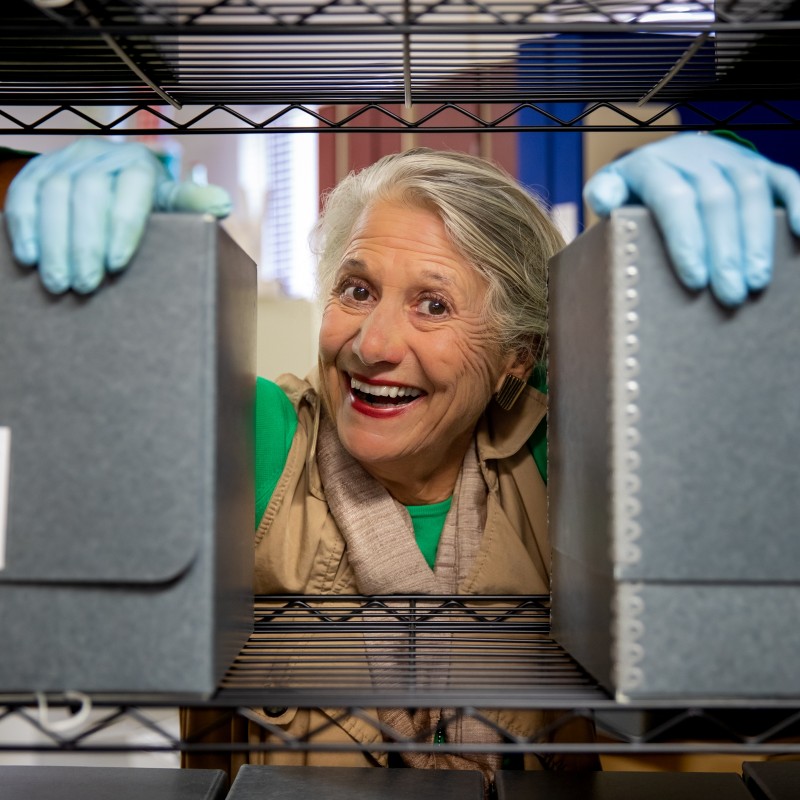
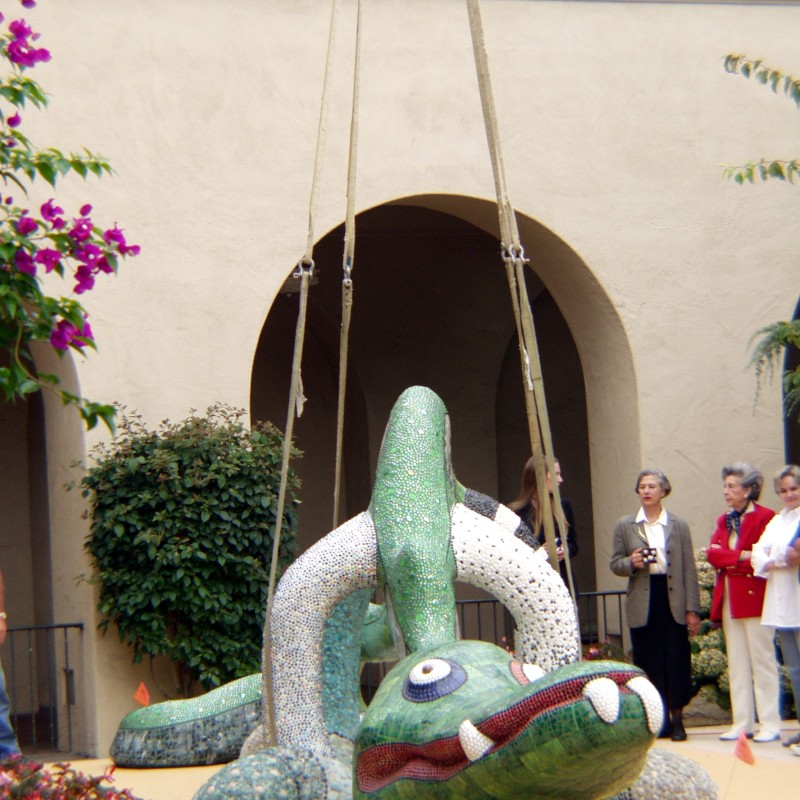
What are some significant milestones in the Museum’s history that you’ve been a part of?
On August 8, 1996, after eighteen years at University Towne Centre (UTC), Mingei opened a new, 41,000 square foot facility on the Plaza de Panama in Balboa Park. This was my first year as the Public Relations Manager and this new museum facility included six exhibition galleries, collections storage space, education center, theater, offices and art reference library.
The year 2006 was another momentous year for Mingei. Museum Founder Martha Longenecker handed over the day-to-day operation of the institution to Rob Sidner, the Museum's current Executive Director and CEO. Rob has been working at the Museum for almost 28 years now and is the visionary for our current transformative construction project. Then, of course, in 2015 when Mingei first embarked on the idea of renovating its home in Balboa Park, again.
What are you most looking forward to in the new building?
I am looking forward to experiencing the space in its entirety. Every inch of the building has been thoughtfully designed and crafted, and I’m thrilled to see how it all comes together.
Do you have a favorite exhibition?
The exhibition, PAPER INNOVATIONS, was my favorite exhibition. It was held October 1985 to January 1986, at the Museum’s first location in University Towne Center, La Jolla. The exhibition featured over 300 rare works on paper from historical and contemporary collections. It represented the geographical areas of the world where the making and utilization of paper have made an important aesthetic contribution—Egypt, China, India, America, England and continental Europe. The exhibition ranged from flat sheets of exquisite paper, handmade by a Living Treasure of Japan—Eishiro Abe, to a vast variety of complex forms, created by folding, cutting, bending and molding paper.
Do you have a favorite object in the Museum’s collection?
Yes, the Mwaash-a-Mboy Helmet Mask from the Democratic Republic of Congo. This mask has a delightfully droll, yet serene expression. To me, its cowrie shell covering somehow seems so appropriate. But, most of all I love its shape. The top-knot tail that droops forward ending in a pompom looks as if it would tip the wearer forward. And the bright blue and yellow stripes are so rakish!
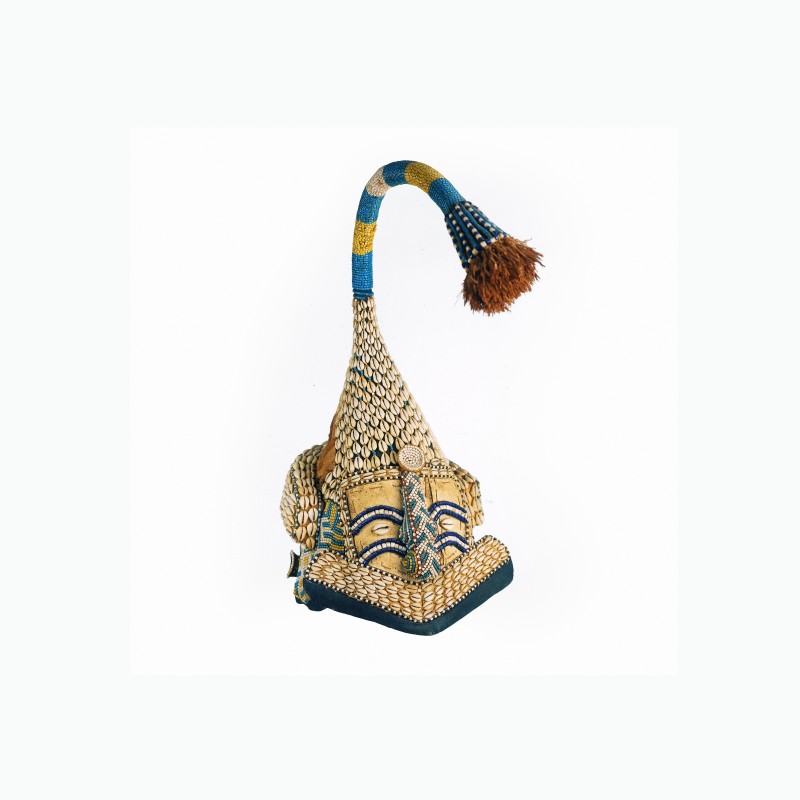
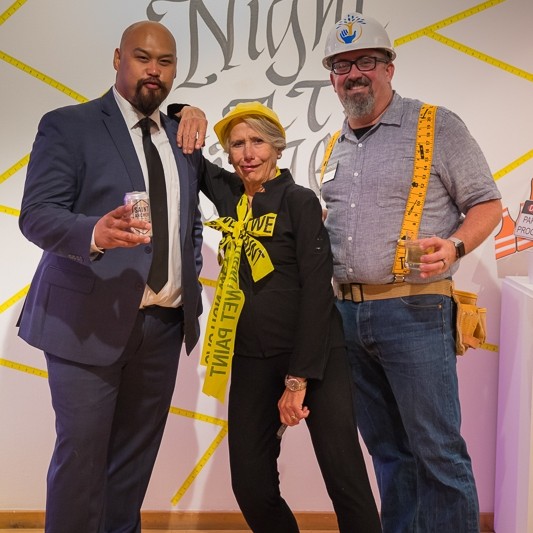
What are your hopes for the Museum moving forward?
For 42 years the Museum has been presenting inspiring, beautiful exhibitions alongside enlightening educational programs. I hope Mingei embraces the inevitable change that comes with time while staying true to the belief that there is beauty and usefulness in the everyday objects we surround ourselves with.
